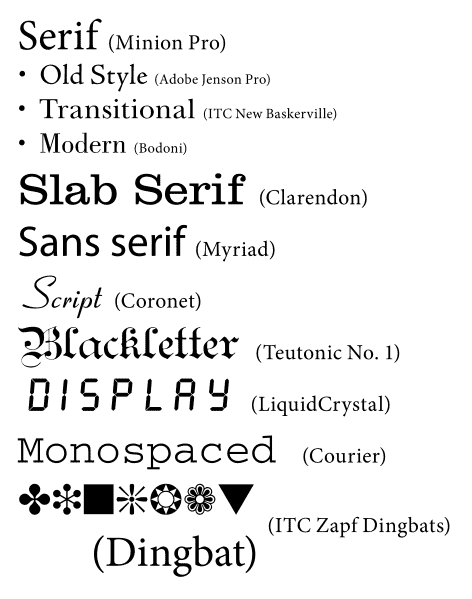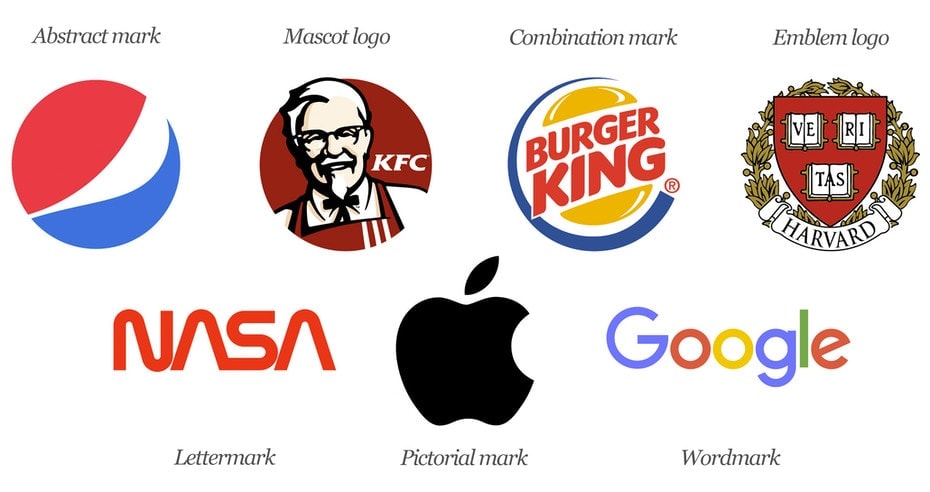Conceptualizing and designing a new logo for clients is a great opportunity to make an impact on a company’s brand and differentiate it from its competitors. But it can also be a soul-crushing experience if every time you put an idea in front of clients, you get shot down.
A lot of the time, it’s on the client for not giving you enough direction. But it can also be on you, the designer, for not diving deep enough to explore what they were looking for. If you haven’t gone through the process of finding out about the clients’ favourite styles, what styles to avoid, and what exactly their business does, you might be in trouble!
To avoid painful rejections, you need to create a comprehensive logo design brief that clearly outlines expectations.
In this post, we’ll teach you a 5-step process on how to write a logo design brief before you even open up InDesign. Follow these steps and you’ll be on your way to designing bang-on logos your clients will be grinning over.

What is a logo design brief?
A logo design brief is a simple document that sets the foundation for your entire logo design project. It serves as a starting point and lays out what your clients’ business does, their preferred logo styles, the project timeline, and the budget to help you get an understanding of exactly what they want and how they want it delivered.
If you sleep on doing your part and putting together your logo design brief, you can experience tons of setbacks as you go through the logo project. It can take longer to complete and you might end up having to bill the client for more than they were prepared for (never a good thing!).
As a freelancer, it’s important that you understand how a creative brief is different to discovery. You might go use a logo design questionnaire to interview your clients on what they need, but this doesn’t serve as the official brief. A creative brief is the document that results after discovery to summarize project needs and get everyone involved on the same page.
5 steps to developing a logo design brief
1. Interview your client about their business
The more you can understand what the clients’ company does, who for, and why, the better you’ll be able to choose aesthetics that fit.
Dive deep to ask your client everything about their:
- Product/services offering
- Brand history and important background information
- Brand values
- Mission, vision, business objectives, and business goals
- Overall message they want to convey
- Target audience - their demographics, traits, and needs
- Competition - names of companies + images of their current logos as a benchmark
Interviewing them in person is one way to do it, but a quicker and more convenient way is to develop a logo design questionnaire. You can send this over to them to fill out in their own time and avoid having to type up notes in Microsoft Word. A questionnaire helps you keep all the info in one place.
Save time with a logo design questionnaire template
Coming up with a list of questions for discovery can be a lot of work, but when you use Content Snare, you can access our pre-set template of questions and save yourself loads of time.
2. Help your client identify their preferred design styles
Oftentimes clients lack the design language they need to communicate what they like and what they don’t like. You help yourself out a whole lot when you give them an idea.
Here are some design preferences you can help clients figure out:
1. Colour palette
Do they want the logo to consist of solid colours or a colour gradient?
2. Font
Do they want a script font or regular font? How bold do they want the font to be? Do they prefer sans serif or serif fonts?

3. Logo design style
You know how logo design styles like wordmark, letter mark, emblem logos and combination marks differ, but the client might not be familiar.
This post by 99designs explains the components of each logo style giving examples. Review this with your client to nail down what type of logo they’re looking for and what they definitely don’t want.

4. Look and feel
If your client lacks the design vocabulary to describe the logo design that they want, you can help them narrow it down with a list of descriptive terms. Share these with the client and have them take their pick.
- Modern
- Classic
- Minimal
- Complex
- Playful
- Serious
- Loud
- Subtle
- Playful
- Artistic
- Mature
- Youthful
- Luxurious
- Abstract
One way to help your client figure out their design preferences is to put these questions, lists, and links directly into your logo design questionnaire.
But what will make matters go even smoother for you is if you take the time to present your client with reference examples so they can actually visualize their options and take their picks.
Do some work to collect JPEGs or PNGs of existing logos and show them to your client explaining what elements make up these logos and ask for their feedback. Be sure to show your clients at least 5 logos so they have a good sample size they can base their decisions on. When you ask for feedback, it’s crucial that you ask them what they like, as well as what they don’t like.
Ideally, you want to be getting feedback like this:
- “We like that the NASA logo has bold letters and parts of the A are emitted. We want to try something like that.”
- “We don’t think this Harvard emblem logo is too messy and detailed. It wouldn’t look good if we shrunk it down to print on a t-shirt.”
- “We like how clean the font looks in the Spotify logo, but we’re thinking to go with something a little less bold.”
From there, you’ll be able to take insightful notes on what’s working for the client and what's not.

3. Write your logo brief based on your discovery
Now it’s time to pick out the most important parts of your discovery to formulate your brief.
Here’s what to include in your logo design brief:
1. Client’s business name (spelling) and slogan
This seems like an obvious one, but it’s very important. Even though you’ll already know the company name, you need to use the brief to confirm:
- How it spelled
- If there are spaces between the words or not (Drop Box vs DropBox)
- If any letters need to be capitalized (Dropbox vs DropBox)
- What case they want the letters in (DROPBOX vs dropbox)
- Whether they want the words all on one line or multiple lines.
- Whether the slogan should be incorporated into the logo or not.
State all these specifics in the brief to avoid unnecessary back and forth.
2. The most important details of the business
Pick out what you think are the most crucial things about the business that should go in the brief. This might be the target audience, the brand values, the products and services offered, and details about the market and competitors.
3. Confirmed design style
Based on your conversations and feedback, use descriptive language to state what type of design will be delivered.
If you really want to be a rockstar, add an appendix to the brief with a mood board of ideas and direction. Reference designs can go here too.
4. Timeline
Outline the agreed-on project schedule and list:
- How many initial concepts you’re expected to deliver
- Dates you’ll submit first drafts by
- How long you have to make revisions
- When you’d you’ll be delivering the final design (the hard deadline).
5. Budget
Lastly, confirm the client’s budget and whether they’re paying you a fixed project fee or paying you per hour. Also specify whether they’ll be paying for revisions or if all of this is included.
Lay out the numbers so there are no surprises at the end when you submit your invoice.

4. Present logo design brief and gather feedback
Have a quick meeting to go over the first draft of your brief and confirm that the details are correct. It’s more than likely the client will want to make some adjustments or that one or two things are incorrect. That’s exactly why going through this step is so important.
Take notes on what the client wants to keep, change, or edit in the brief.
5. Incorporate changes and get client sign-off
Take this client feedback and incorporate these changes in your brief. This shouldn’t take too long.
Next, show your client that you’ve made the changes they asked for, and send it through to them a second time asking for their official sign-off.
Now, everyone is on the same page and there won’t be any surprises with the concepts you come back to them with.
Now that the business bit is out of the way, it’s time to bring out the designer in you and start creating!
If you’re a freelance designer, are there any other steps you take when developing your creative briefs? Let us know if we missed anything key in the comments!
Create your logo design questionnaire
Before getting started on your brief, you can use Content Snare to collect all the information you need for clients for discovery. All you have to do is use our pre-set template and save yourself loads of time!



